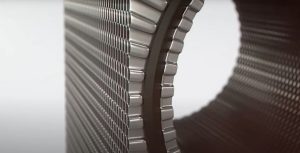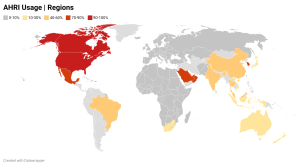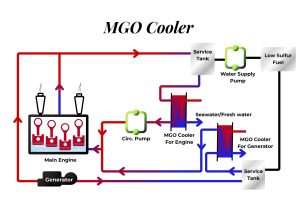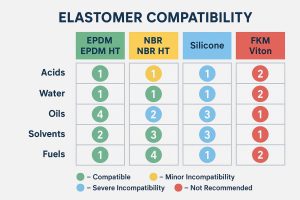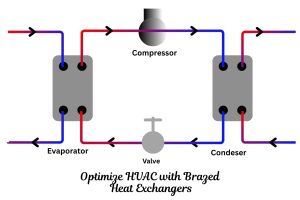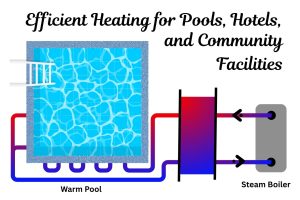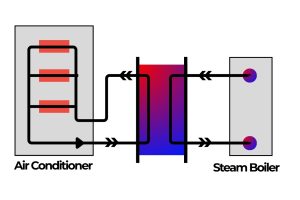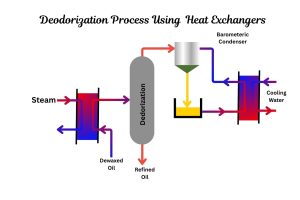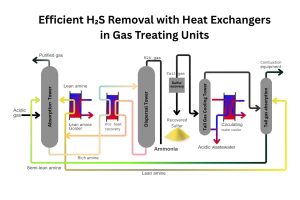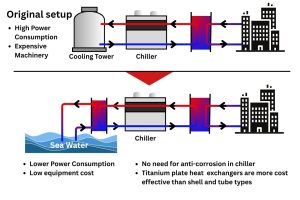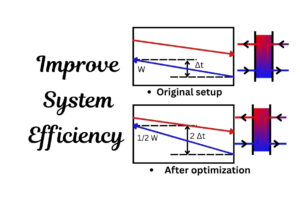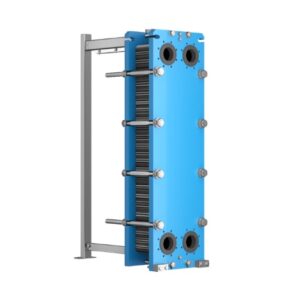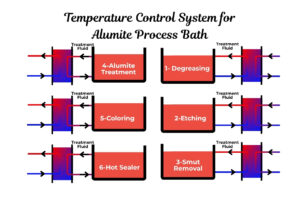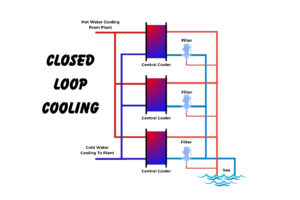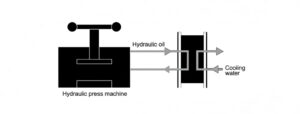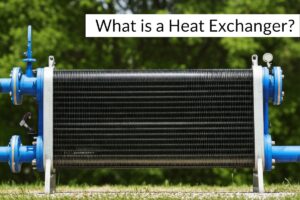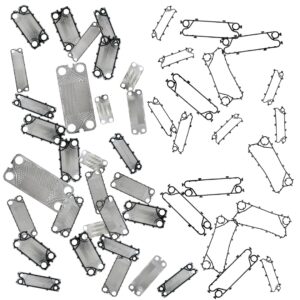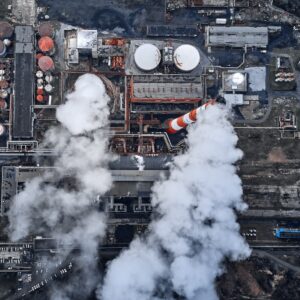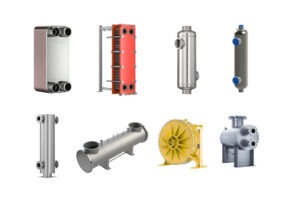The Hard Truth About Corrosion: Why Your ‘Cheap’ Heat Exchanger Will Cost You Everything
The decision to invest in industrial equipment is rarely about sentiment; it’s a cold calculation of capital expenditure versus lifetime operational cost. And nowhere is this calculation more fraught with peril than in the selection of a corrosion-resistant heat exchanger.
You might think you’re being shrewd by choosing a cheaper unit—perhaps a standard carbon steel model dressed up for an aggressive duty. This is the moment to channel your inner Seth Godin: Stop trading a predictable capital outlay for an unpredictable, potentially catastrophic outcome.
The hidden variable isn’t the price on the invoice, but the material of that price tag itself.
What Price Is Corrosion? (And Why Do Materials Cost More?)
We’re often asked: “Why does an equivalent titanium unit cost significantly more than stainless steel?” The answer is simple, yet profound: you are paying for certainty in an uncertain environment.
The purchase price of a corrosion-resistant heat exchanger—be it a Sondex plate and frame heat exchanger, an Alfa Laval M10, or a unit from Kelvion Heat Exchangers—is overwhelmingly driven by metallurgy.
The basic equation is this: higher corrosion resistance means more specialized, rarer, and difficult-to-work-with materials.
1. The Metallurgy Multiplier ⚙️
| Material | Application Sweet Spot | Why the Cost Jump? |
| Stainless Steel (316L/316Ti) | General industrial use, mild corrosives | Initial Cost: Typically 30%–50% higher than carbon steel. |
| Titanium (Ti) | Seawater/marine, harsh chlorides, petrochemicals | Rarity & Processing: High extraction costs, complex manufacturing processes, and specialized handling required. |
| Nickel Alloys (Hastelloy, SMO) | Extreme acids, high temperatures, demanding chemical processing | Performance & Rarity: Superior resistance and mechanical strength in the most aggressive environments. |
When you opt for titanium over stainless, you’re not just buying a different metal; you’re buying insurance against catastrophic pitting and stress corrosion cracking (SCC) in applications where standard materials will simply dissolve.
Can You Really Afford to Cut Corners on Material Selection?
Let’s break the Tim Ferriss way. The real-world cost of choosing the wrong material is rarely subtle. It’s usually a dramatic, four-figure emergency.
The Anecdote: The €50,000 Gasket
Picture a marine vessel manager who thought he could save a few hundred euros on off-spec gaskets in an aggressive environment. The Alfa Laval M6 cooler on his auxiliary system eventually failed.
The issue started subtly: an aging gasket hardened and cracked. But because this was a critical piece of equipment, the “small” leak escalated to an operational stoppage, forcing the vessel to wait in a foreign harbor for emergency repairs.
The final bill wasn’t for a few cheap gaskets; it was a logistics nightmare:
- Air freight for replacement GPHE Spare Parts: €20,000
- Technician travel and labor: €15,000
- Dry dock penalties (per day): €50,000–€100,000
The avoidable cost of neglecting maintenance and using sub-par parts ballooned close to €50,000. The initial savings vaporized into an operational and financial disaster.
The practical takeaway? When dealing with corrosive media or critical duties, the material cost is the firewall protecting you from the unholy trinity of downtime, logistics chaos, and catastrophic failure.
How Do You Find the Right Price for Corrosion Resistance?
As a technical buyer or engineer, your job isn’t to buy the cheapest unit; it’s to find the most cost-effective and reliable solution for the entire asset lifecycle. You need to leverage expertise—like the kind provided by Kelvion Thermal Solutions or a key partner like Alfa Laval Middle East Limited.
Q: What factors, besides the metal, should I evaluate? (The Maria Popova Approach)
The total value of a unit isn’t found in isolation. It’s woven into the larger tapestry of your process:
- Design Pressure/Temperature: Higher operating extremes necessitate thicker, more robust materials and construction, increasing cost.
- Plate Count & Geometry: Corrugated plates maximize surface area and induce turbulence, enhancing the heat transfer coefficient (U-value) by up to five times over a shell-and-tube unit. This efficiency means fewer plates are needed for the same thermal duty, which directly reduces the material cost—especially when using expensive alloys. Use a reliable Heat Exchanger Calculator early on to right-size the unit.
- Serviceability and Modularity: A major advantage of the Gasketed Plate Heat Exchangers (GPHE) design is the ease of maintenance. You can open the unit for visual inspection, use chemical Cleaning-in-Place (CIP), or simply add or remove plates to adjust capacity. This modularity drastically cuts long-term maintenance costs and is a key factor in reducing Total Cost of Ownership (TCO).
- Supplier Expertise: A reputable partner is not just selling hardware; they’re providing decades of application data. They help you pinpoint the most suitable material, avoiding the temptation to over-spec (buying the “best”) or under-spec (buying the “cheapest”).
The Final Word: Invest in Certainty
Simon Gittins once offered a succinct piece of wisdom: “You have to both navigate through initial costs and consider the entire lifespan of the unit”.
When confronting aggressive, corrosive media, your decision on material grade is not a cost center; it is a profit protector.
Don’t buy a cheap solution hoping for a miracle. Buy the meticulously engineered Sondex plate and frame heat exchanger or Alfa Laval unit that specifies the right material for your corrosive duty. It’s the long-term investment that keeps your processes running efficiently, predictably, and profitably. Anything less is a gamble you cannot afford to lose.
P.S. Need a starting point? Take the uncertainty out of your design process. Explore our [GPHE Selection] guide and utilize our free [Heat Exchanger Calculator] tool today.
External References:
- [1] The American Society of Mechanical Engineers (ASME) – Boiler and Pressure Vessel Code (Refer to: [Manual & Application Guide] on pressure vessel codes)
- [2] NACE International (Now AMPP – Association for Materials Protection and Performance) – For material selection guidelines in corrosive services.
- [3] Corrosionpedia – For overviews on exotic alloys and their resistance properties.
